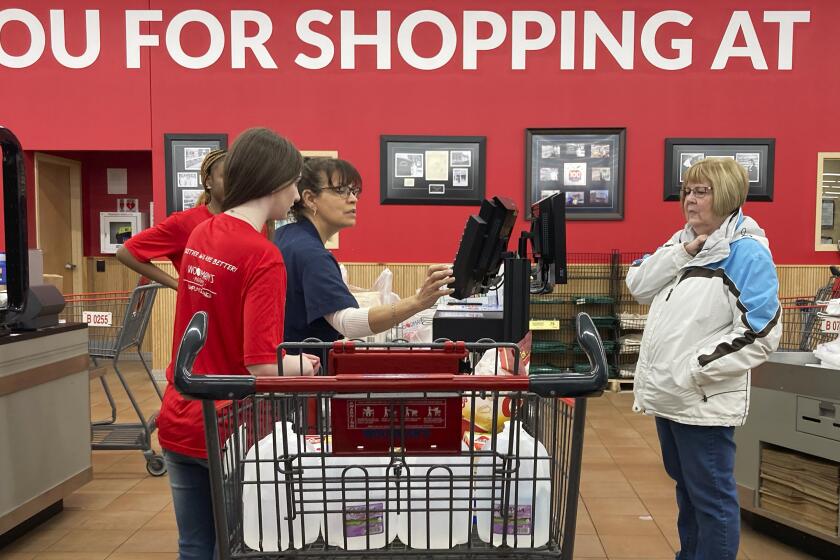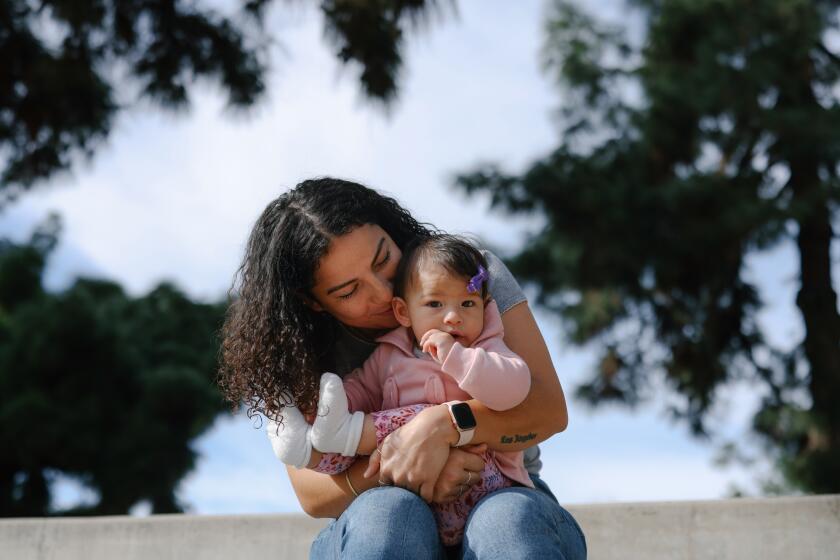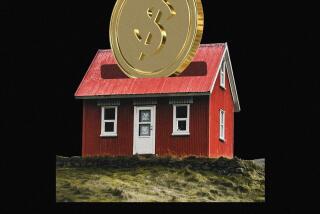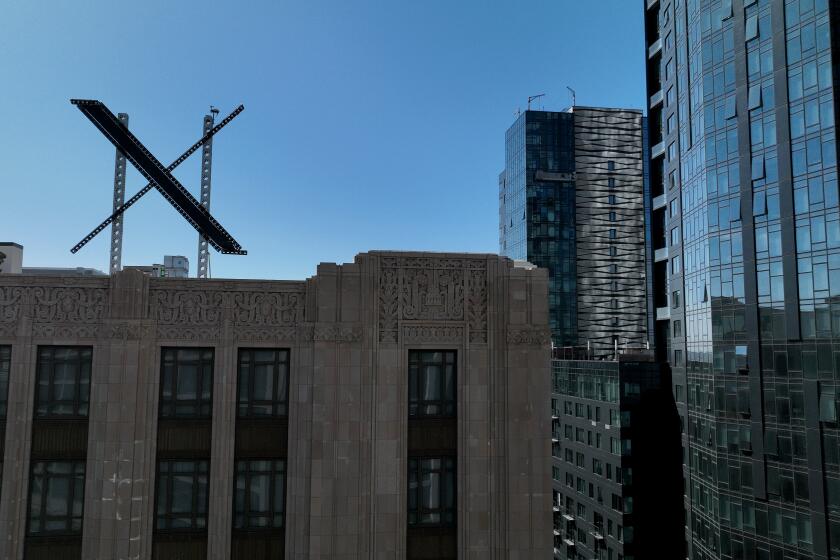Most Americans lack the cash to cover a surprise $400 expense
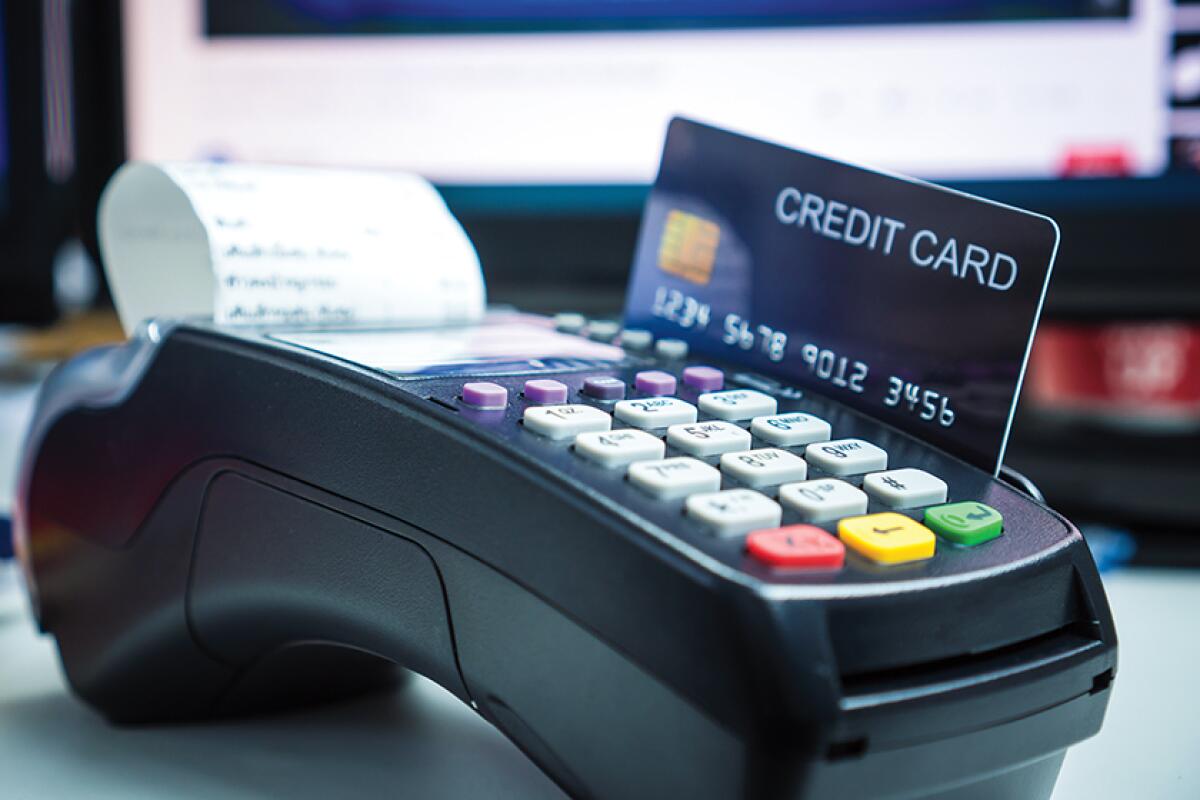
Most Americans don’t have the financial resources to cover a surprise expense of $400 without taking on debt, according to a new survey.
Just over one-third of respondents said they have cash on hand to cover the expense, and the figure rises to 48% when including those who said they’d use a credit card but pay it off immediately before incurring interest charges, according to a poll conducted by decision intelligence company Morning Consult for Bloomberg News.
Among the remainder, most said they’d borrow via cards or some other kind of debt to meet the expense, while 17% said they would not be able to pay it at all.
The data highlight widespread financial fragility, even in an economy with unemployment near 50-year lows, and the erosion of the savings cushion that some households built up during the pandemic. It also shows how many Americans could be pushed into taking on more debt — even as interest rates surge — by a relatively commonplace event, such as the need to repair a car or appliance, or to pay a medical bill.
“We’ve had two really strong years of jobs growth, and there has been a lot of coverage of wage compression, with lower-income earners actually experiencing more rapid wage growth,” said John Leer, chief economist at the Morning Consult. “And despite all of that, there is still a group of predominantly lower-income adults who are extremely vulnerable.”
The 50/30/20 budget was popularized by Sen. Elizabeth Warren and her daughter Amelia Warren Tyagi in their book, “All Your Worth: The Ultimate Lifetime Money Plan.”
The findings show that millions of families, if they were faced by an unexpected $400 expense, wouldn’t be able to pay some of their other bills.
What’s more, the inability to pay isn’t confined to the lowest-income households. About 20% of the middle-income bracket — those with incomes of $50,000 to $100,000 — said they couldn’t cover a $400 expense with cash or equivalents. The figure was 8% among those who make more than $100,000.
The poll results are similar to the Federal Reserve Board’s Survey of Household Economics and Decisionmaking, known as the SHED survey. The next edition of that study is likely to be published in the coming weeks. The new Morning Consult/Bloomberg survey will be conducted on a quarterly basis in the future.
The poll shows that emergency expenses aren’t that uncommon. Overall, 44% of respondents said they had such an expense in the prior month, with the most frequent cause being vehicle-related costs, followed by medical bills. The median size of an emergency expense was $483, and many respondents reported that they’d been hit with more than one.
The changing structure of the labor market, with more people reliant on gig work, may also be adding to uncertainty around income and making budgeting harder, said Sofia Baig, an economist at the Morning Consult. Those kinds of work arrangement also leave many families depending on unscheduled and probably higher-cost childcare, which adds to financial strains, she said.
The pandemic highlighted how crucial child care is for working parents. But the lack of options is still harming the ability of many parents to work.
The Morning Consult survey was conducted April 12-16, among more than 11,000 respondents.
More to Read
Inside the business of entertainment
The Wide Shot brings you news, analysis and insights on everything from streaming wars to production — and what it all means for the future.
You may occasionally receive promotional content from the Los Angeles Times.
